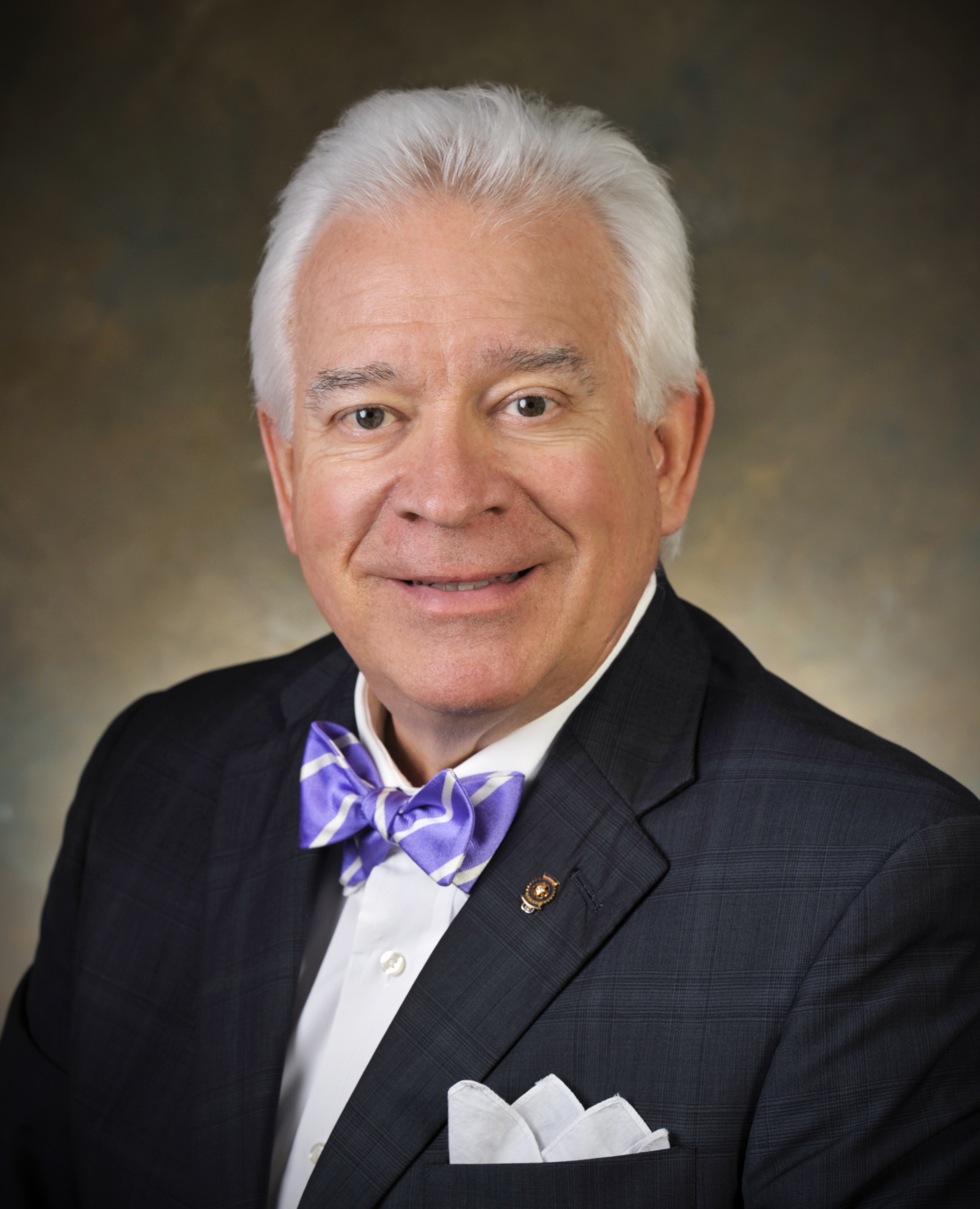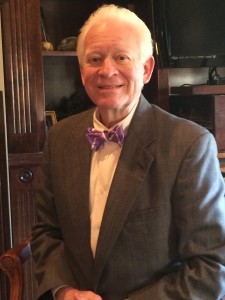 If you’ve never had cancer, you likely won’t be able to appreciate why this day in early February was so special for me. If you’re lucky, you get to live with cancer. And, if you’ve been one of the lucky ones, you’re living among angels, because angels are part of the magic, they make the stars align, they put you in front of just the right physicians and caregivers, maybe the only ones who know what to do to help you live.
If you’ve never had cancer, you likely won’t be able to appreciate why this day in early February was so special for me. If you’re lucky, you get to live with cancer. And, if you’ve been one of the lucky ones, you’re living among angels, because angels are part of the magic, they make the stars align, they put you in front of just the right physicians and caregivers, maybe the only ones who know what to do to help you live.
Several weeks ago, Jill and I met one of our angels.
If you know us, you know our story. If you’re new to my blog, there are a couple hundred thousand words here going back to June 10, 2009 when I had my first encounter with renal cell carcinoma (kidney cancer or RCC). Very shortly after my diagnosis, Susan Poteat reached out to me after I posted a plea for help on an email LISTSERV named acor.org, now called smartpatients.com. I had done enough research to know this cancer was rare and dangerous and I desperately wanted information that might help me live.
Susan is a locum tenens medical physicist. Locum tenens means “to hold the place for, to substitute for.” So, she travels to a clinic or hospital that has a medical physicist shortage for one reason or another and fills in for them on a contract basis until the person returns or the job is filled. She works in radiation oncology, with oncologists, surgeons and technicians watching over the numbers, radiation dosages, the patients internal organs, metabolic rates and blood flow.
In addition to her sparkling intelligence, she has a servant’s heart for people with RCC because her medical physicist husband, Gary, is also a renal cell cancer patient. Susan has been there for me more times than I can count over the past eight years since cancer came. For eight years, we have talked on the phone, emailed and texted, with information flowing in only one direction — toward me. We have talked when I was afraid I was going to die and when I was flying high from a stint of “normal,” those days when cancer seemed to be leaving me alone. She has been a great listener, a steady source of good, useful information and a beacon of light during days that were sometimes so dark I couldn’t see the end of my nose.
I started writing this post a few weeks ago, the day after we met Susan and Gary for lunch here in Columbus during our visit. I put it aside, to come back to and information I just received today made me get this back out and finish the post. Because today, I found out that I have another metastasis in my spine. That is really all I know at this point. More questions than answers. Is the spine the only place where I have active disease? Is it is the same place as last time? What about my lungs? My brain? Are there mets there, too? Do I go back to systemic therapy? Is radiation alone going to do it, or can I even have more radiation at the site where there is active disease?
I’ll know the answers to all these questions and many more when I have definitive CT and bone scans. And, when I get those answers, I’ll be posting about what we found. I’ve known for eight years that there was a high probability that this day would come. Knowing the day has arrived is still just as shocking as I thought it might be. Not so much fear, at this point. Just anger, and that might not be a bad thing. I know all the prayers and support we’ve received have served us well these past eight years, and with this post, I’m looking you right in the eyes and asking for their continuance.
We will, once we know what we’re dealing with, run straight at it. That’s the way we roll around here. I’m expecting this to be another milestone which we’ll conquer. In the meantime, I’m going to be busy staying busy.
